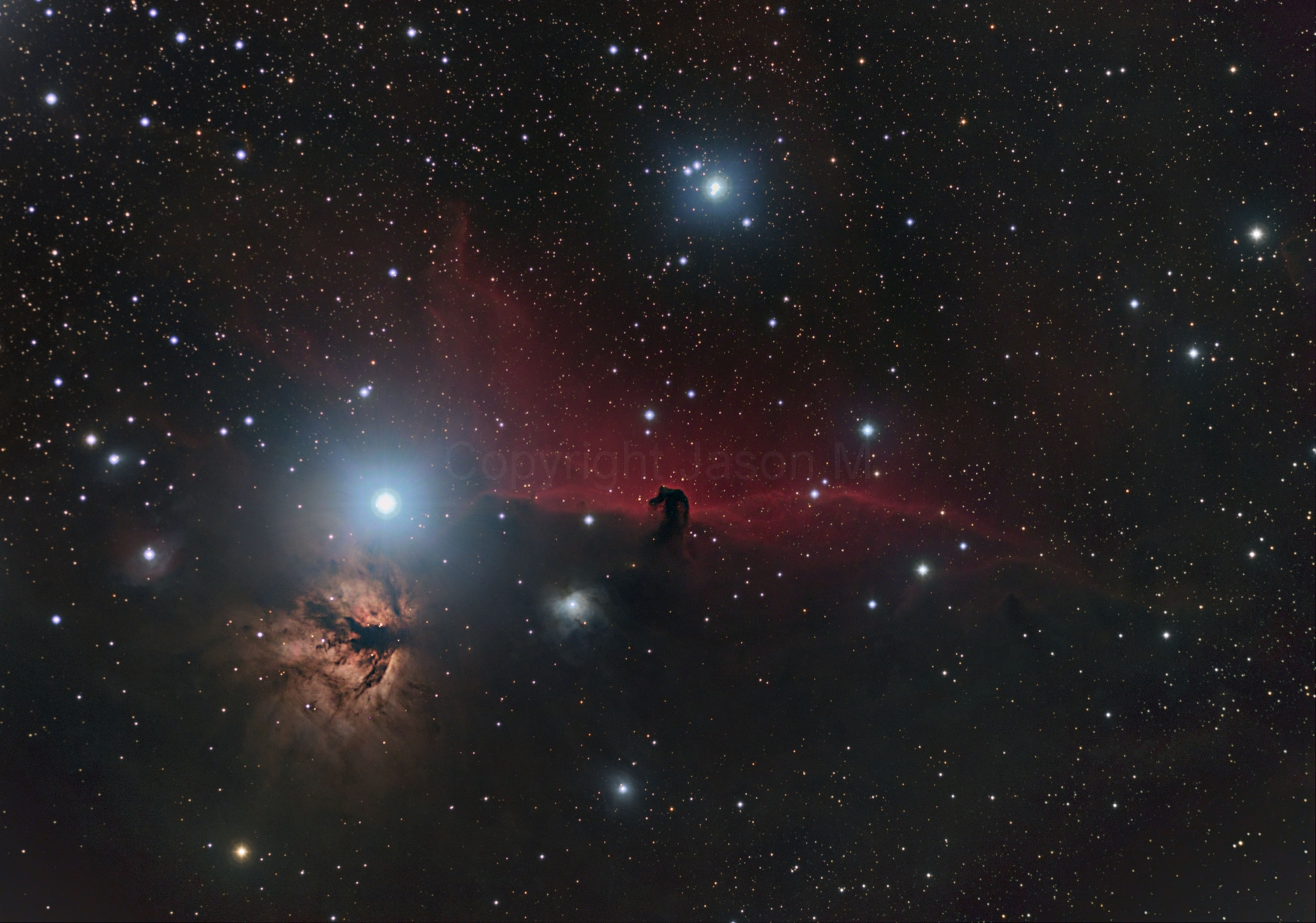Comet Lovejoy C/2014

C/2014 Q2 (Lovejoy) is a long-period comet discovered on 17 August 2014 by Terry Lovejoy using a 0.2-meter (8 in) Schmidt–Cassegrain telescope.[2] It was discovered at apparent magnitude 15 in the southern constellation of Puppis.
By mid-December, the comet was visible to the naked eye for experienced observers with dark skies and keen eyesight.[8] On 28−29 December 2014, the comet passed 1/3° from globular cluster Messier 79.[9] In January 2015, it brightened to roughly magnitude 4,[10] and became one of the brightest comets located high in a dark sky since comet C/1995 O1 (Hale-Bopp) in 1997. On 7 January 2015, the comet passed 0.469 AU (70,200,000 km; 43,600,000 mi) from Earth.[11] It crossed the celestial equator on 9 January 2015, becoming better seen from the Northern Hemisphere.[12]
C/2014 Q2 originated from the Oort cloud,[5] but is not a dynamically new comet.
Image details:
Location: Harold Campbell Florida Everglades
Scope: Tak FSQ-106ED
Camera: Fli ML8300 with CFW2-7 and Astrodon Filters
180 sec subs LRGB for 1 hour in Maxim DL
Combined in Pixinsight and processed in Photoshop






